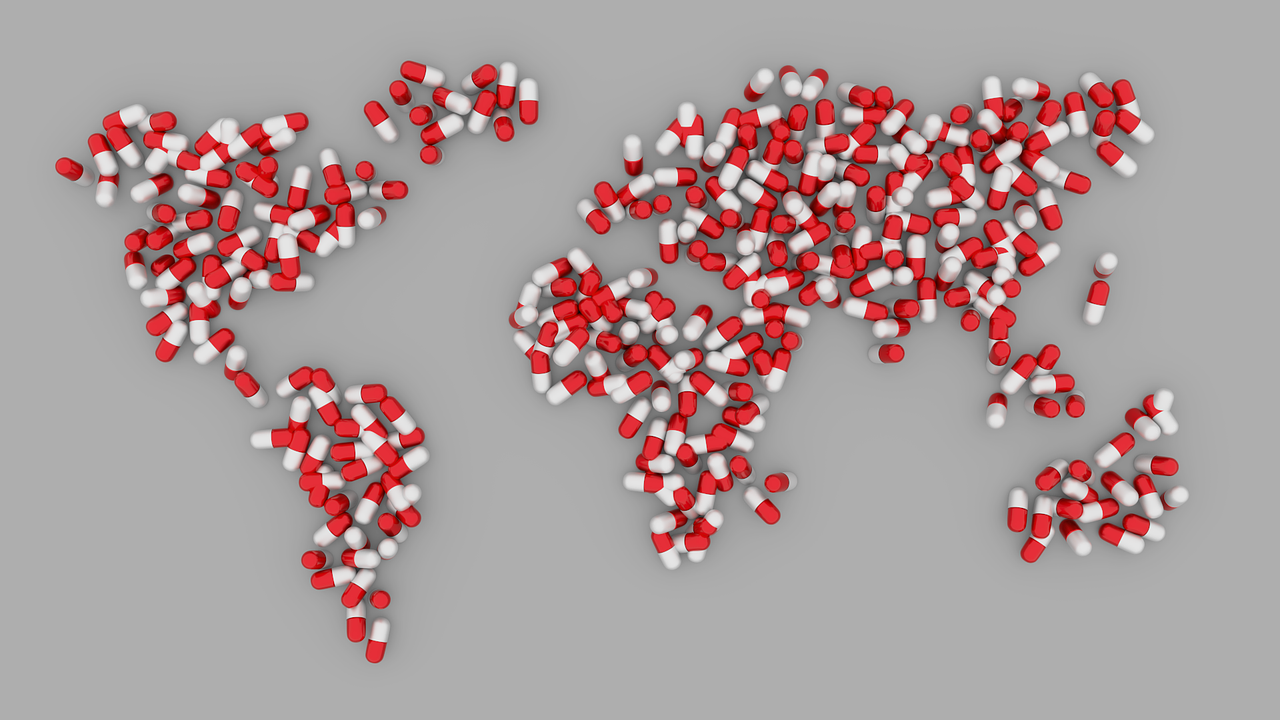The Canadian Government has recently amended its Patented Medicine Regulations, bringing significant changes to the way in which it regulates the prices of patented drugs. Canada’s regulatory framework was originally adopted by Parliament in 1987 through changes to the Patent Act that sought to balance stronger patent protection for pharmaceuticals with a mechanism to ensure their prices remain reasonable. The Patented Medicine Prices Review Board (PMPRB) was conceived as an independent, quasi-judicial agency to protect consumers from excessive prices. Nevertheless, today Canada has the third-highest medicines prices in the world, behind the United States and Switzerland, with OECD prices generally being 19% below Canadian prices. Three decades after, the PMPRB now has new tools and information to consider in its price regulatory review, including i) a new basket of comparator countries for external reference pricing; ii) consideration of value and overall affordability of a medicine and iii) regulating at the level of the actual prices being paid in Canada, reflective of confidential discounts provided to payers. Canada’s Minister of Health called the reform “the biggest step to lower drug prices in a generation”. The PMPRB’s Elena Lungu will present the motivations for the reform, most substantive changes in the existing regulation, and expected results once the amendments come into force on 1 July 2020, from the perspective of the regulatory agency charged with implementing them.
Speaker
Elena Lungu, Manager of Policy Development, Patented Medicine Prices Review Board (PMPRB), Canada
Event Materials
- Presentation by Elena Lungu
- Research Synthesis on Price Controls/Regulation
- Q&A Session With the Participants
- Webinar "Addressing high drug prices - what can be learned from European policies?", presented by Sabine Vogler, Austrian Public Health Institute (GÖG)






